In this case, I’m looking at the ultra-popular Sim series, and their Windows releases. While I was a big fan of SimCity, especially having played it on an Amiga, when I found out that there was a Commodore 64 version, I had bought it immediately as I wanted to play it at home. And let me tell you, it was a severely underwhelming experience.
From the logo it’s all down hill. I know that SimCity is actually from 1985, and as the first version, the Commodore 64 version is basically the prototype.
Which was just graphically underwhelming, but I still played the hell out of it. And then I saw the Spectrum 48k version. Yes, the blocks are ‘buildings’ as the units fill up, they will turn into black with only the letter remaining. Despite the ultra-minimal graphics, the game play is there. And once you get used to the bizarre combination keyboard+joystick controls it is addictive. I mean it is SimCity!
But going to the PC, I kind of grew out of SimCity. DooM was the hot game, and the whole immersive 3d thing. And of course during that era being on the PC I only knew of the MS-DOS version. While there was a version for OS/2 Warp released much much later, and by then if I felt the urge there was SimCity 2000 for Windows.
But after getting the kick for SimEarth, and finding the Windows 3.0 version, I was much surprised to find out that there was a version of SimCity of Windows 3.0 as well!
And I can see why I never had seen this for retail, or knew anyone who had it.
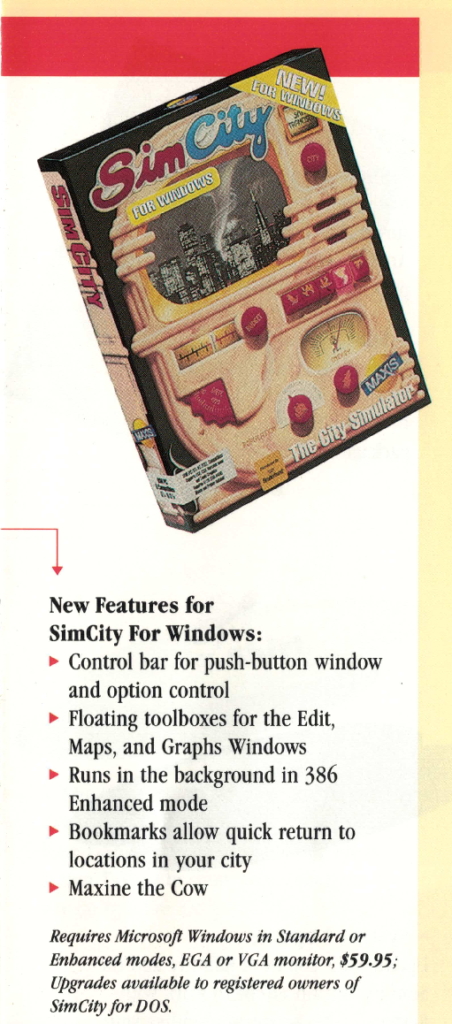 That’s right in the included form, the price was $59.95. And SimEarth was $69.95! To put that in perspective that would be now $107.17, and $125.04 respectively. And people think $60 for a game today is expensive!
That’s right in the included form, the price was $59.95. And SimEarth was $69.95! To put that in perspective that would be now $107.17, and $125.04 respectively. And people think $60 for a game today is expensive!
To get the full experience I went ahead and loaded up PCem, with a 386 and EGA graphics to get that original feel.
Since this requires Windows 3.0, with either EGA or VGA graphics, and 2MB of RAM, I figured I would go with a ‘top of the line’ souped up 386DX. I tried to load it up with the Wyse700 driver, and the game fails to load resources. I don’t know if its even possible to make black and white or four colour resources, as I live in the future, and I have millions of colours!
That said, I tested and it has no issues with 8bit depths either.
Installation is pretty smooth, the game is shipped on either two 360k 5 1/4″ diskettes, or a single 720kb diskette. While modern games have so much more, there is many things this game is lacking. But Maxine isn’t one of them.
No really, she is listed as a feature.
The music is through the PC speaker. Just like the sound effects. Multimedia integration with Windows that we take for granted today just wasn’t a thing back then. The version I have is 1.0, Although a pirated version 1.1 that was sent in actually includes WAV sound effects, and a single midi track. However it doesn’t run on Windows 3.0. So lucky me!
Ah the UAE, the bane of Windows 3.0. They were so unpopular that Microsoft had to rename the dialog.
Living in the constraints of EGA feel absolutely claustrophobic in today’s world. 640×350 just isn’t enough screen rel estate. Even 640×480 is far far too small. And that lead to one issue I found
While using a SVGA driver so I can get that impossible to afford experience of 1280×1024 in 256 colours, but the application was never meant to run in something that wide. You can easily put child windows ‘behind’ the dead space, and you can never recover them. You have to save and re-launch. bummer.
Which leads me to perhaps the most famous reputation of SimCity for Windows. As mentioned on Joe’s site, there was a massive struggle to get games like SimCity running on Windows 95. As Raymond Chen says:
If any application failed to run on Windows 95, I took it as a personal failure. I spent many sleepless nights fixing bugs in third-party programs just so they could keep running on Windows 95. (Games were the worst. Often the game vendor didn’t even care that their program didn’t run on Windows 95!)
Yes, they basically knew it had problems. In the box they even had this cute flyer:
And yes, rest assured it actually does work. It even works on Windows 3.00a under Citrix MULTIUSER 2.0 Pointless as there is no way to have remote graphical displays but nice to see it work.
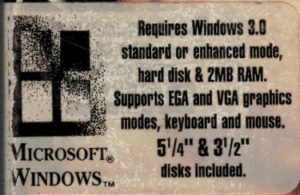 So what went wrong? Where was all the follow up games for Windows? Obviously, the hardware needed was incredibly expensive. A 386 or even a 286 with a few megabytes of RAM was expensive. VGA or EGA monitors were also very expensive. Even mice were expensive! Putting together a low end PC basically barred you from this high end premier experience. I can’t imagine that Maxis sold many copies of this. As mentioned above I’m pretty sure there is a reason why I never saw this in the wild.
So what went wrong? Where was all the follow up games for Windows? Obviously, the hardware needed was incredibly expensive. A 386 or even a 286 with a few megabytes of RAM was expensive. VGA or EGA monitors were also very expensive. Even mice were expensive! Putting together a low end PC basically barred you from this high end premier experience. I can’t imagine that Maxis sold many copies of this. As mentioned above I’m pretty sure there is a reason why I never saw this in the wild.
Spending $3000 in early 1992, which is $5197.95 in today’s money. I can’t even begin to imagine spending over $5,000 to play a game. It’s no wonder when older machines show up on eBay people want far too much for them.
In a strange way I like to watch SimCity animate in the background. It’s like a fish tank or staring out into a busy street. With the advantage that I can summon a giant lizard to destroy it at my whim.

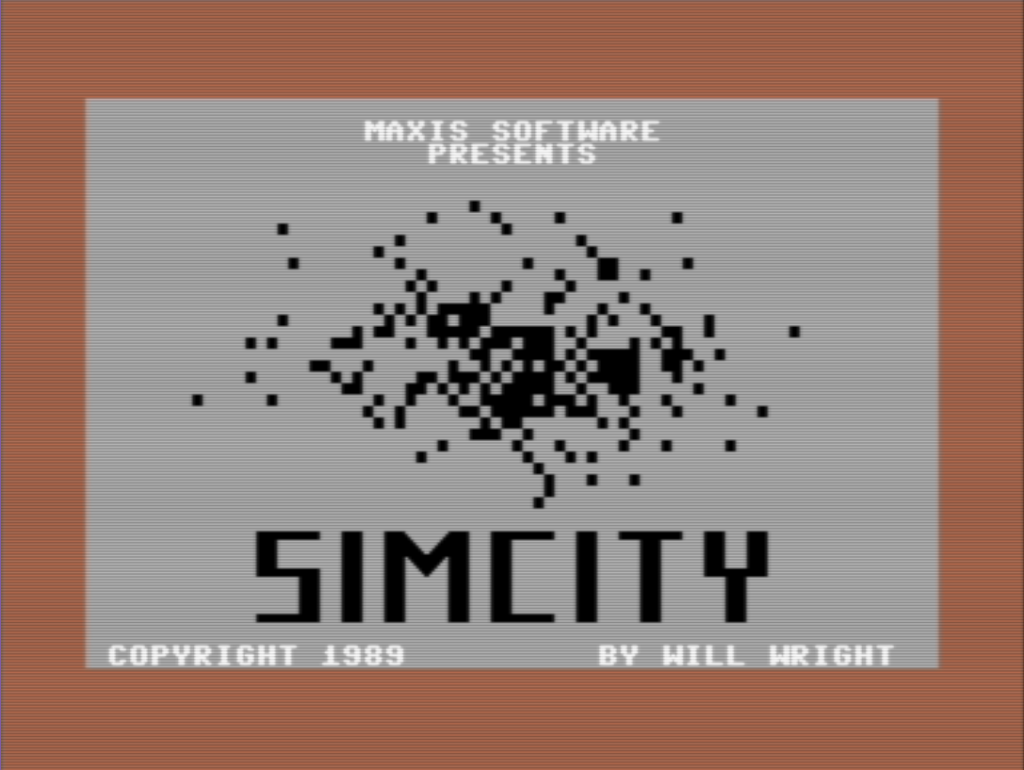
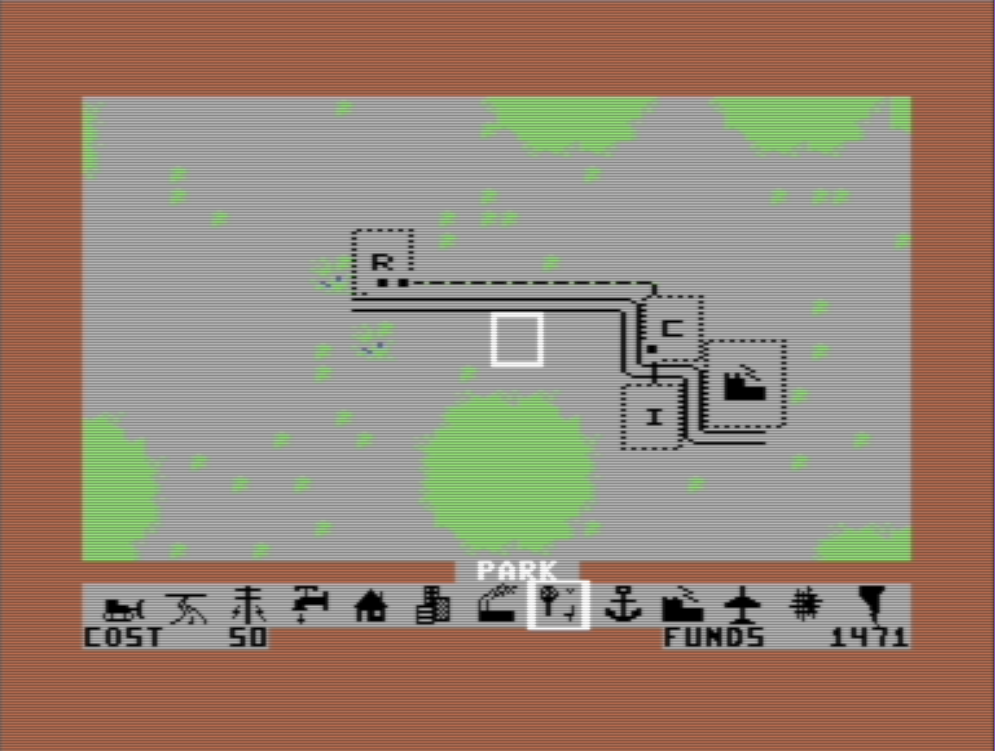
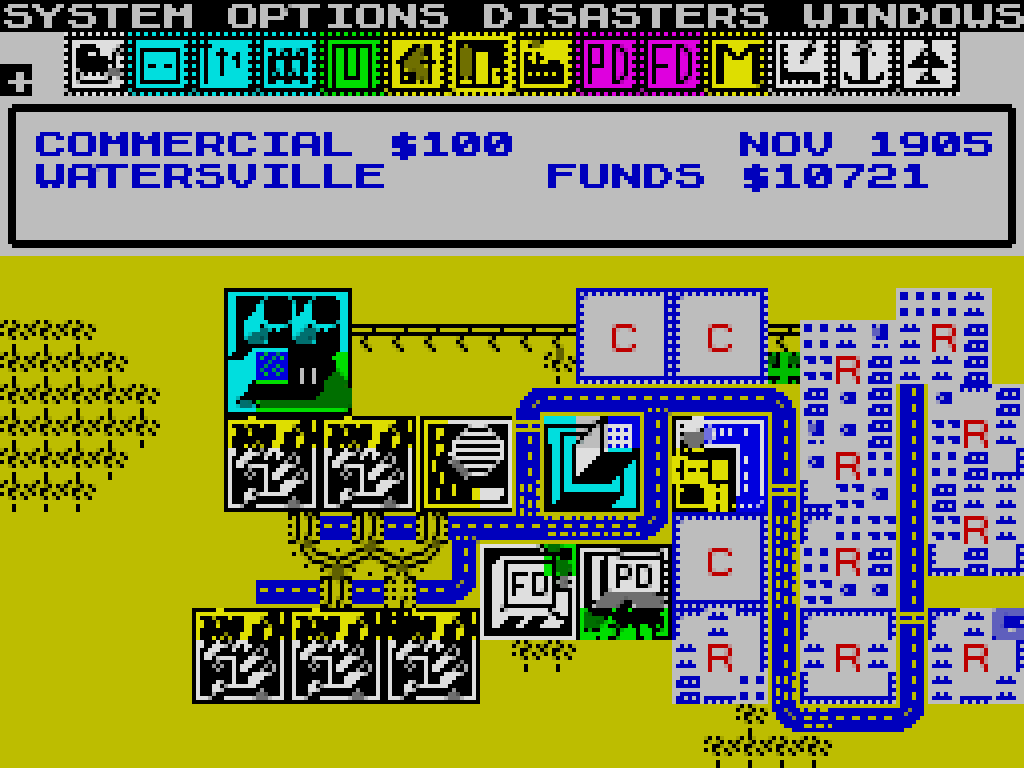
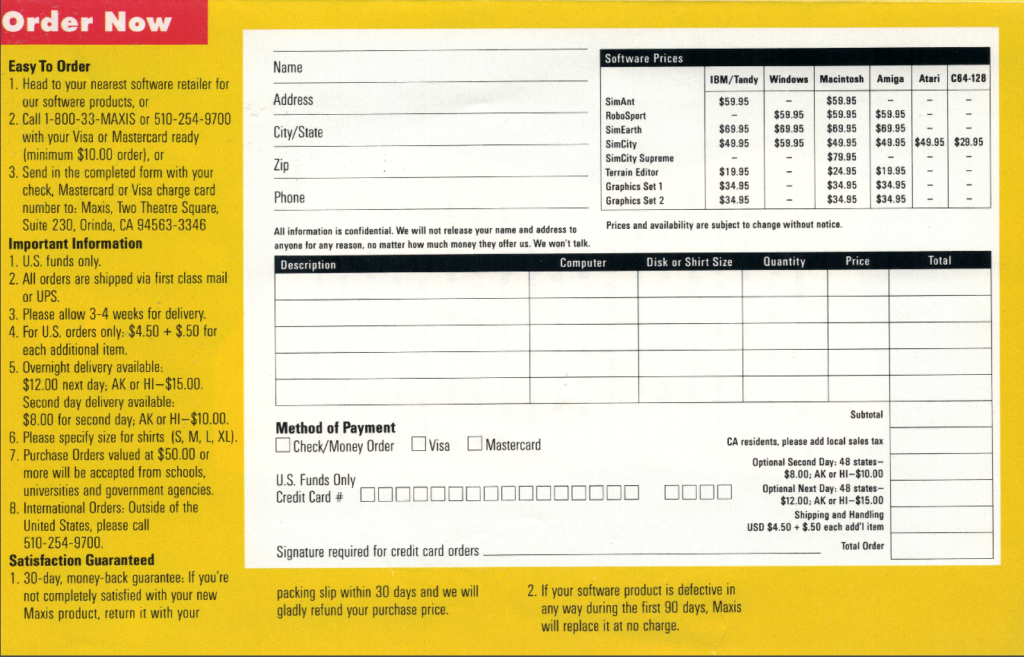
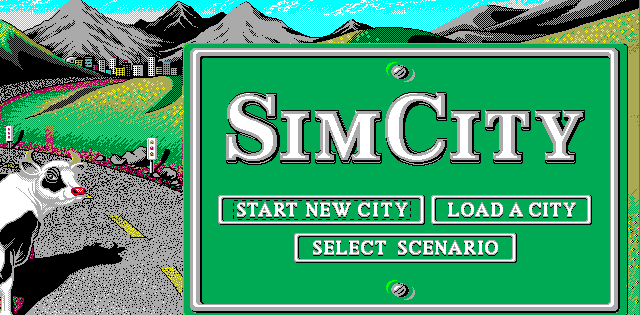

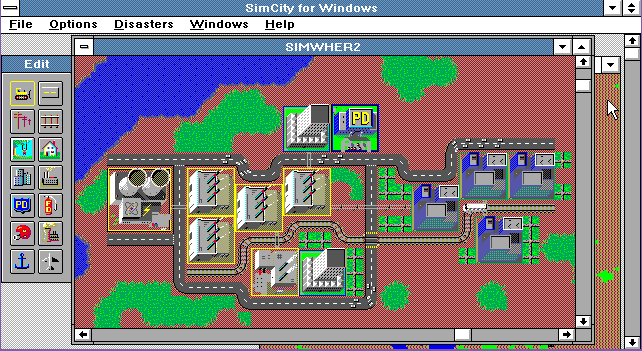
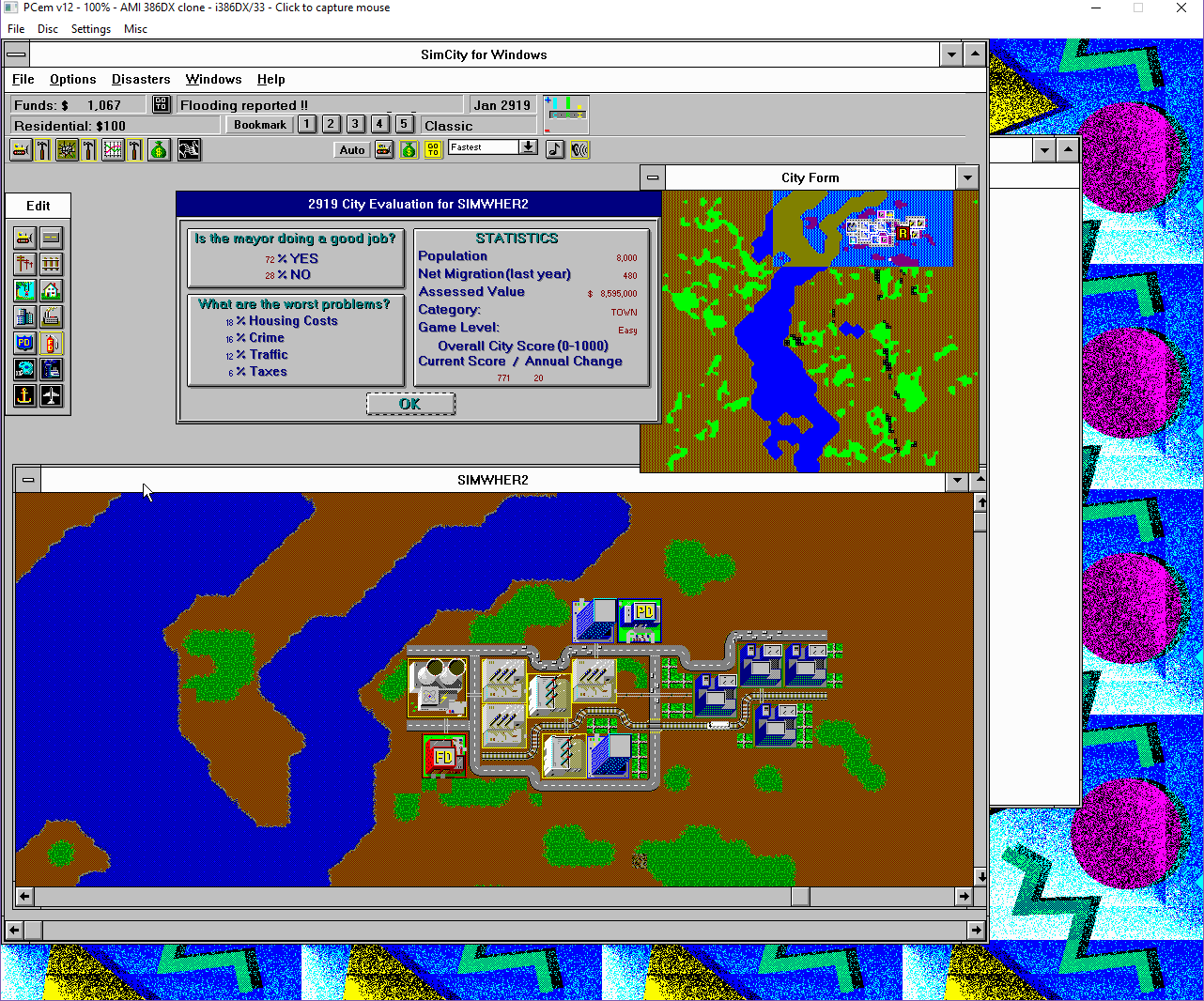
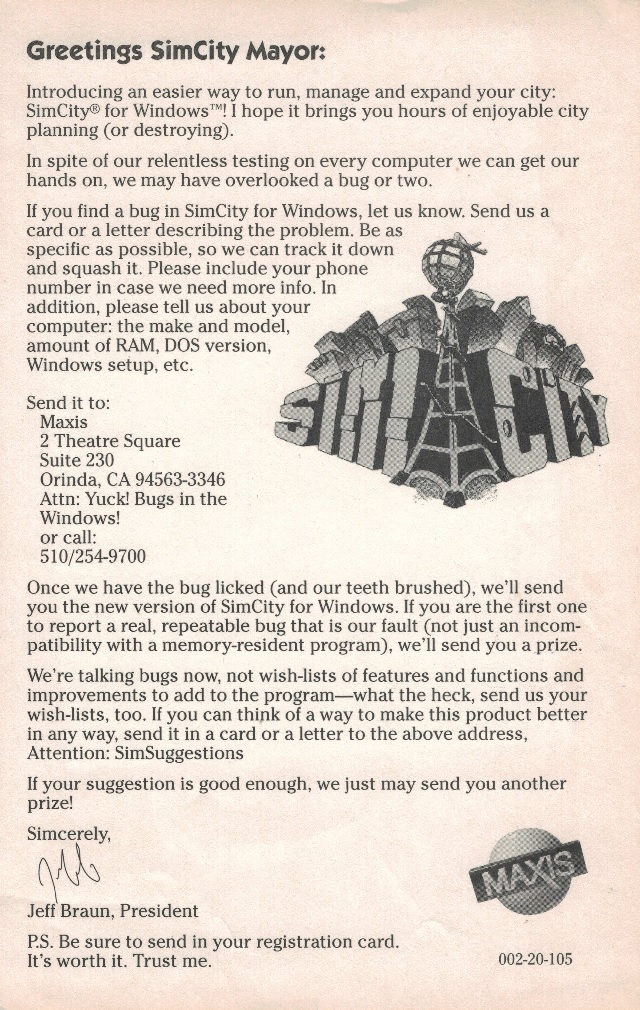
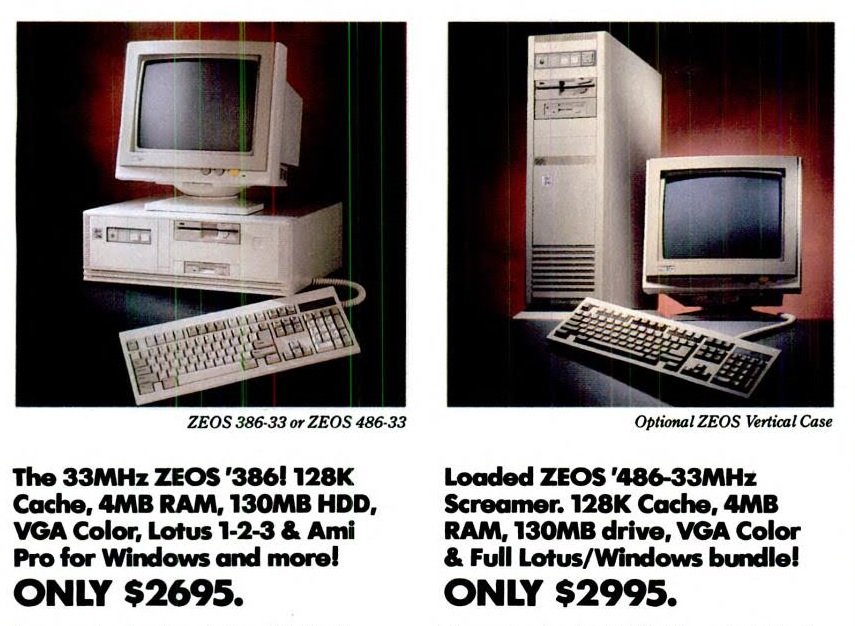
Hah, nowadays simcity is still a handy tool for testing our amber (or green, reddish plasm etc) hercules monitors, especially on carryII or booky 80286-based thin clients with integrated HGC adapter. Got some shots, will be sent (if I can find’em)
Can’t wait for an os/2 version image, I wonder if it supported 80286 and os/2 1.x
As far as I know, there never was a release for Presentation Manager 1.x . It’s a shame as OS/2 definitely needed games, something that IBM didn’t understand, and Microsoft got right from the start (reversi/solitaire).
The Warp version felt so bare, and unexciting compared to SimCity on Windows or MacOS. But multimedia on OS/2 was always done so poorly.
Off-topic: your RSS and Atom feeds are somehow broken. There is an extraneous LF character before the XML declaration.
I actually did something big behind the scenes, I setup a new wordpress site, and moved only the article, comment and user tables leaving everything else behind database wise.
Ill have to try to look some more as to why this install would have rss issues too..
Seems a bit unreasonable to point to the $3,000 CFO special as a game system. Not too many game players need full complete sets of Lotus applications. The typically family PC tended to cost about $1,000 when accessories were included which in 1992 would be up to the challenge of SimCity for Windows.
Official game prices tended to be $50 for just about everything. SimCity for Windows prices were generally much lower since under $30 upgrades from other SimCity versions were available and included the roughly $20 strategy guide. Way better than say Balance of Power ($50 plus another $15 for the Windows runtime).
Back then my PC had only 1MB of RAM. I only knew one kid with more than one and he had a massive 386.
Don’t forget that EGA/VGA was still expensive back then. I’ve been eyeing a copy of Balance of Power with the 1.0 runtime, but it’s such a collectors thing right now.
And besides, gaming PC’s are always high end beasts!
EGA was not expensive at the time of this. In 1988, I purchased a Compuadd 286 with 1 MB RAM, 40 MB hard drive, color EGA, and printer bundle for less than $1,000. Turbo XT with mono graphics was about $900. Admittedly, that was during the EGA clearance sales. IBM options were a bit more expensive considering the PS/2 Model 50, even after the 1988 discounts, was still over $3,000 with monchrome VGA.
By 1992, video card plus 14″ color monitor combination capable of 1024×768 could be had for less than $500; 640×480 had fallen to the price range previously occupied by Hercules mono graphics. The glamour performance video cards cost much more and the glorious backbreaking large monitors could easily exceed $2,000.
Some gaming PCs were high end. But most didn’t need a full array of bundled business software and (in 1992) a $300 high speed floating point unit. Remove those and everything else that Zeos did to get the business executive to buy and the system looks a lot more affordable.
True, but people with far more minimal systems would be running the DOS version of just about anything. I’m going with the assumption that the whole reason for a Windows version is so you can run more than one thing at a time. I can imagine spending for an extra megabyte of RAM, plus an XMS board (plenty of 286s maxed out with 1MB of RAM, I know mine did) the whole thing would have felt underwhelming as to require 12Mb of disk space for Windows plus another 2 for SimCity… It certainly would have made Stacker mandatory for those of us with 20Mb disks… Hence the larger machines…
New software targeted at new systems and Dad games went to more expensive hardware. GUI madness had over taken the industry and everyone hoped that Windows users would be as willing to buy lots of software as Mac users were. The typical Mac user bought 3 times as much software as a DOS user.
In 1992, Compaq and IBM were placing their new $1,000 models with 2 MB of RAM and color VGA monitors. Okay, the rest of the system was limited with 40 MB hard drives and slug like 386SXes but the smaller companies without established server lines were more willing to offer larger hard drives and better CPUs for the money. The late 1992 (back-to-school sale) clone I would expect to see would have had 386-33, 4 MB, 14″ SVGA and a 100 MB hard drive for the target $1,000.
Looking at my copy of Sim City Windows, it was sold at $19.99 which didn’t leave much margin considering the size of the manual even with cost cutting moves like pasting labels on older boxes.
Make sure you try the PC-98 version. It’s at Neo Kobe. It’s interesting because it runs in 640×400 and uses the Mac assets. At least for 2000, anyway.
Looking at these box contents, the PC-98 version was pretty much the same.
I found a “NeoKobe-NecPc-98012017-11-17_archive.torrent”, but no SimCity in there. Oh well.
If the torrent is the same as this link: https://mega.nz/#F!jIgkXQDY!hE3FQNWl77DkzKErGdz35g!qBBxGb5D
Check in the Imagineer directory. It’s there.
Google isn’t helping me here: what is Maxine the cow, a cow that appears only on the splash screen?
There is a little bit more here: http://www.mobygames.com/game/win3x/simcity/credits
Cassidy Wright, is his daughter and has several title credits. I’d think that there is a story somewhere
The Windows version of SimCity 2000 has an easter egg that features “Two Cows In Windows” 😉
I’ve been selling complete 386 and 486 machines on eBay for $400-$500 (and a 286 for $600) for years now. Mind you mine are in excellent condition and refurbished, but as long as there’s a demand, I’ll keep sourcing parts and building them.
Can’t say I blame you, if I had a good source on functional scrap I’d be doing it as well.